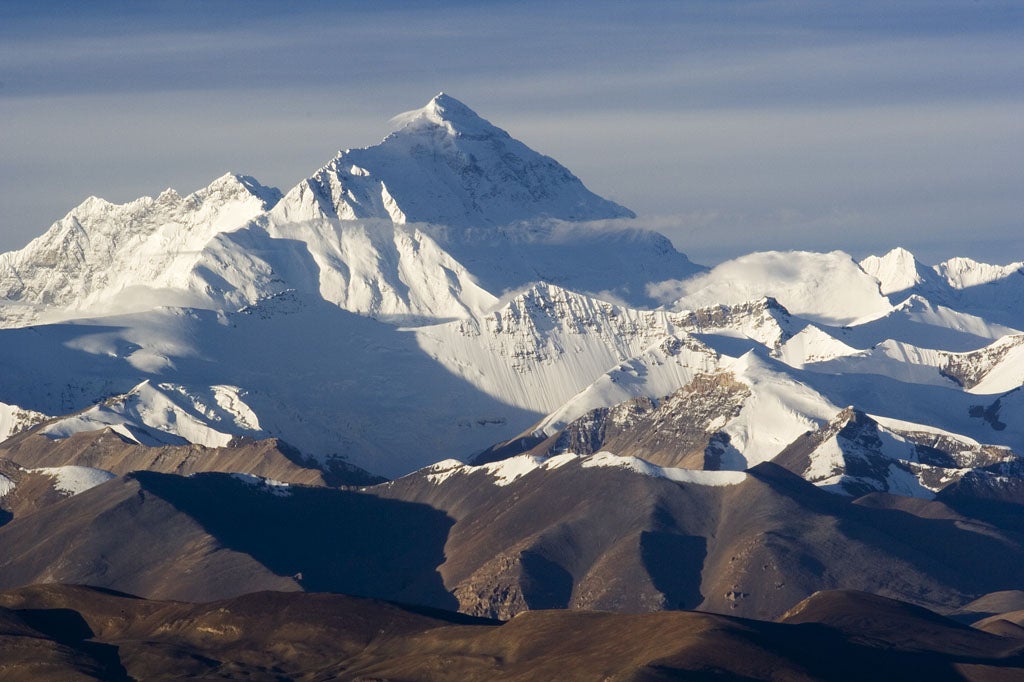Study: Mt. Everest's Glaciers May Shrink 70%

'image: Loca Galuzzi/Wikimedia'
Nearly all of Mt. Everest’s glaciers could vanish by the year 2100 due to rising temperatures, according to a new study published Wednesday in the journal The Cryosphere.
The paper, which looked at glaciers in Nepal’s Dudh Koshi basin, modeled potential effects of climate change based on a range of projected CO2 emission levels. Even under the most conservative scenarios, The Washington Postreports, researchers still estimate that the mountain may lose 70% of its surrounding glaciers by the beginning of next century.
In a blog post explaining the study, lead author Joseph Shea of the International Centre for Integrated Mountain Development likened glacial gain and loss to a bank account.
“You gain money and spend money over the course of the year,” Shea writes. “At the end of the year, if you’ve earned more than you’ve spent you’ll have a positive balance. Glaciers can be treated the same way, with annual field visits used to check the income, expenditures, and account balance.”
The study found that two of the biggest factors contributing to this loss of glacial mass are temperature changes coupled with decreased precipitation in the region.
“To extend the tortured bank account analogy further,” Shea writes, “future warming will not only withdraw more money from your account, but it will also represent a cut in your income.”
The greatest loss of ice will not occur near Everest’s peak, but rather at altitudes between 5,000 to 6,000 meters. In addition to degrading the mountain itself, significant glacial decreases could also trigger water shortages for people who depend on the ice melt.
Shea emphasized that the model is simply a tool for scientists to understand the glaciers in the region and that further studies are needed.
“It is important to remember here that all models are simplifications of reality, and tools that can be used to try and answer specific questions,” says Shea.
Read More: Washington Post